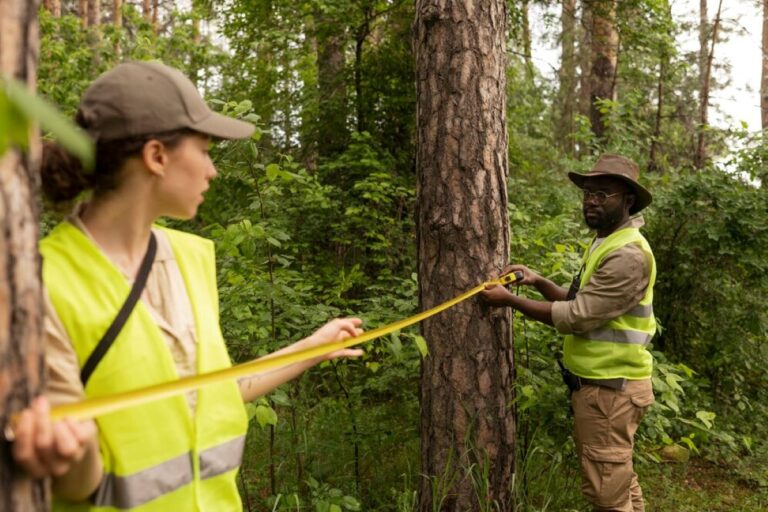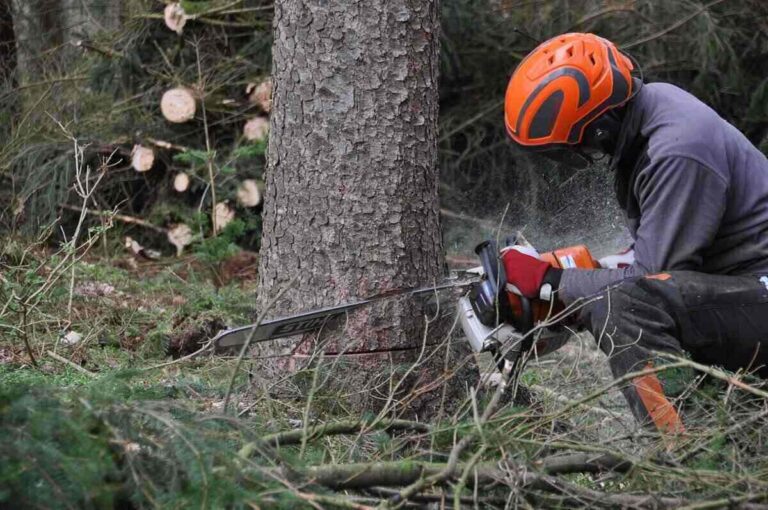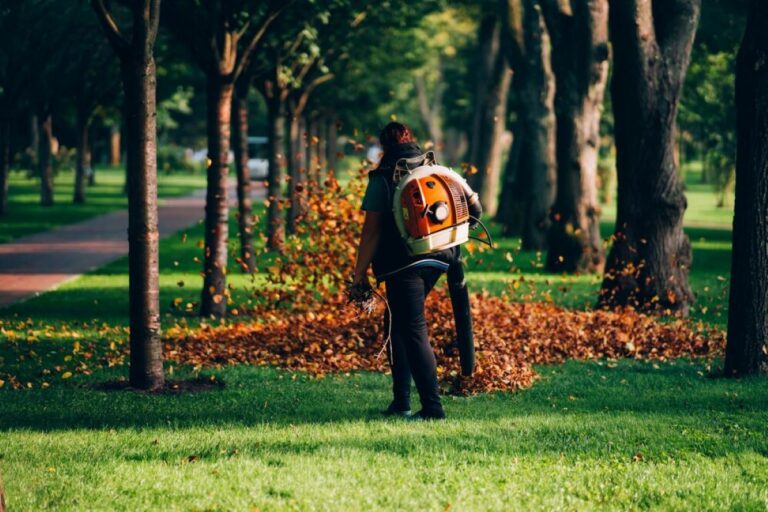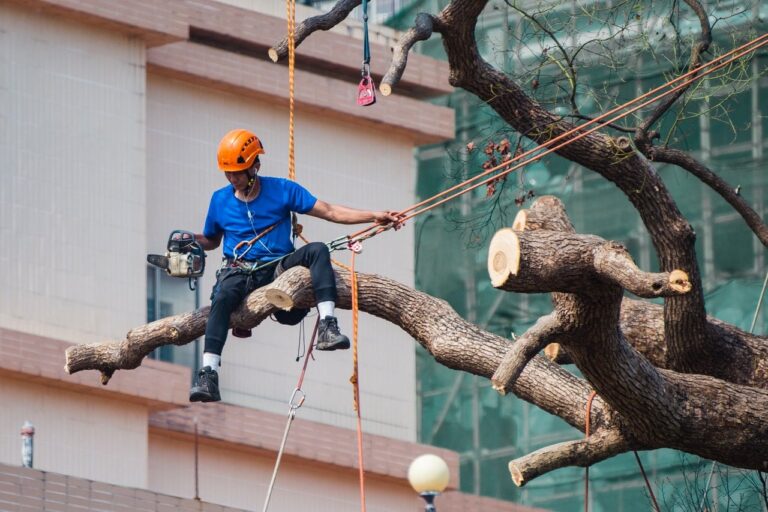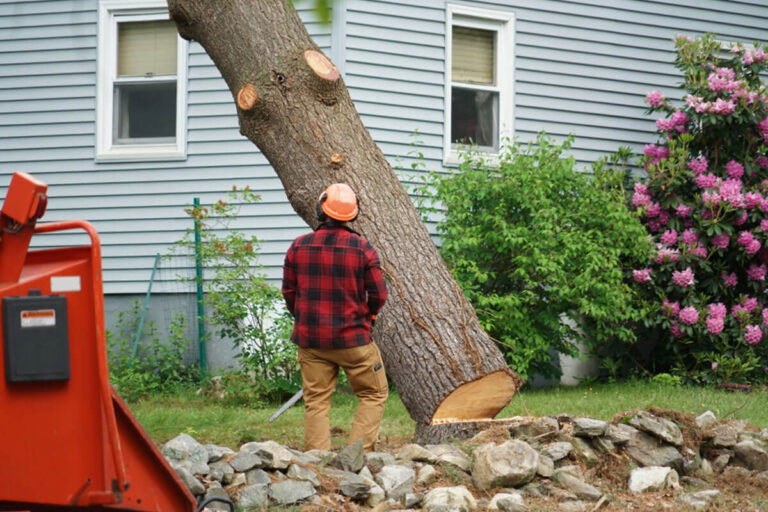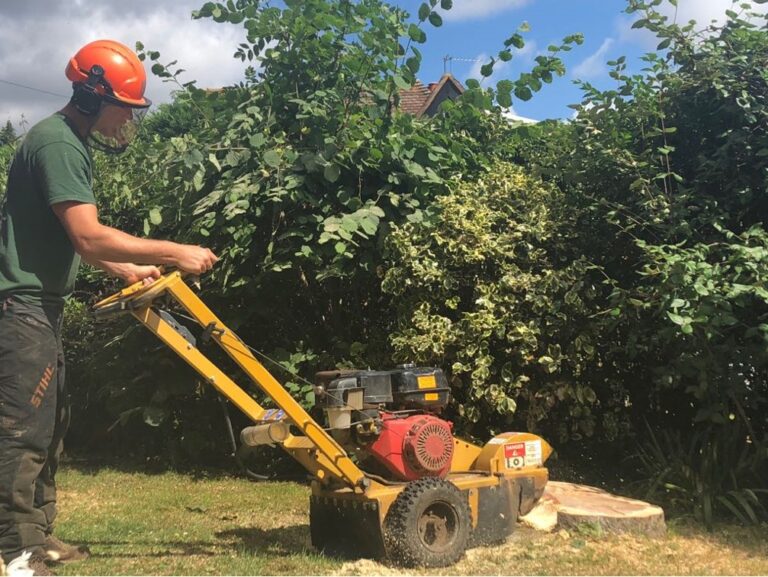What Are the Best Times of Year for Tree Services in Pymble?
The best times for tree services Pymble residents should prioritise fall through to early spring, typically spanning March to September. This window aligns with the natural dormancy period of most tree species in the area, making it the optimal tree care seasons Pymble homeowners can rely on for healthier, more resilient trees.
Why Is Fall to Early Spring Considered the Ideal Pruning Season in Pymble?
Pruning involves the selective removal of specific branches, stems, or roots to improve a tree’s health, structure, and appearance. This essential maintenance practice removes dead or diseased wood, enhances air circulation through the canopy, and shapes trees for better growth patterns. Proper pruning strengthens trees against storm damage and reduces the risk of branch failure near homes and power lines.
The pruning season Pymble arborists recommend—fall to early spring—offers distinct advantages rooted in tree biology. During these cooler months, deciduous trees enter dormancy, essentially “sleeping” through winter. This dormant state means trees experience minimal stress from pruning cuts, as sap flow slows considerably and energy reserves remain stored in the root system rather than being directed toward active growth.
When to prune trees Pymble becomes clearer when considering disease prevention. Many fungal pathogens and pests remain inactive during cooler weather, significantly reducing infection risks at fresh pruning wounds. The absence of leaves on deciduous trees also provides arborists with unobstructed views of the tree’s structure, allowing for more precise cuts and better assessment of potential issues.
Pruning wounds heal more efficiently during this period because trees can allocate resources to wound closure once spring growth begins. The timing ensures that by the time warmer weather arrives and pest activity increases, cuts have already started their healing process. This natural protection mechanism makes fall to early spring the strategic choice for maintaining tree health.
Temperature patterns in Pymble support this timing, as the region experiences mild winters without extreme frosts that might damage freshly pruned trees. The moderate climate allows for safe access to trees whilst minimising the stress that extreme weather conditions could impose on both the trees and the professionals servicing them.
Are There Any Specific Considerations for Winter Pruning of Fruit Trees in Pymble?
Winter presents optimal conditions for fruit tree pruning in Pymble, with the dormant season offering distinct advantages for both the tree and the gardener. The absence of foliage provides clear visibility of the tree’s structure, making it easier to identify crossing branches, dead wood, and areas requiring attention.
Key benefits of winter fruit tree pruning include:
- Reduced pest activity: Insects and fungal pathogens are largely inactive during colder months, minimising the risk of infection through fresh cuts
- Enhanced wound healing: Dormant trees direct energy toward sealing pruning wounds rather than supporting active growth
- Improved structural assessment: Bare branches reveal the tree’s framework, allowing for more precise shaping decisions
Different fruit varieties require specific timing within the winter window. Stone fruits like peaches and nectarines respond best to late winter pruning (July-August), just before bud break when sap flow increases. Apple and pear trees tolerate earlier winter pruning from June onwards, as they’re more resilient to cold exposure.
Citrus trees demand special attention in Pymble’s climate. While technically evergreen, they benefit from light winter pruning after fruiting, typically between June and August. It’s advisable to avoid heavy pruning during the coldest weeks, as citrus can suffer frost damage on fresh cuts. For more detailed information on when and how to prune citrus trees, you might find this resource helpful. The best times for tree services Pymble residents should remember vary by species, making identification crucial before scheduling work.
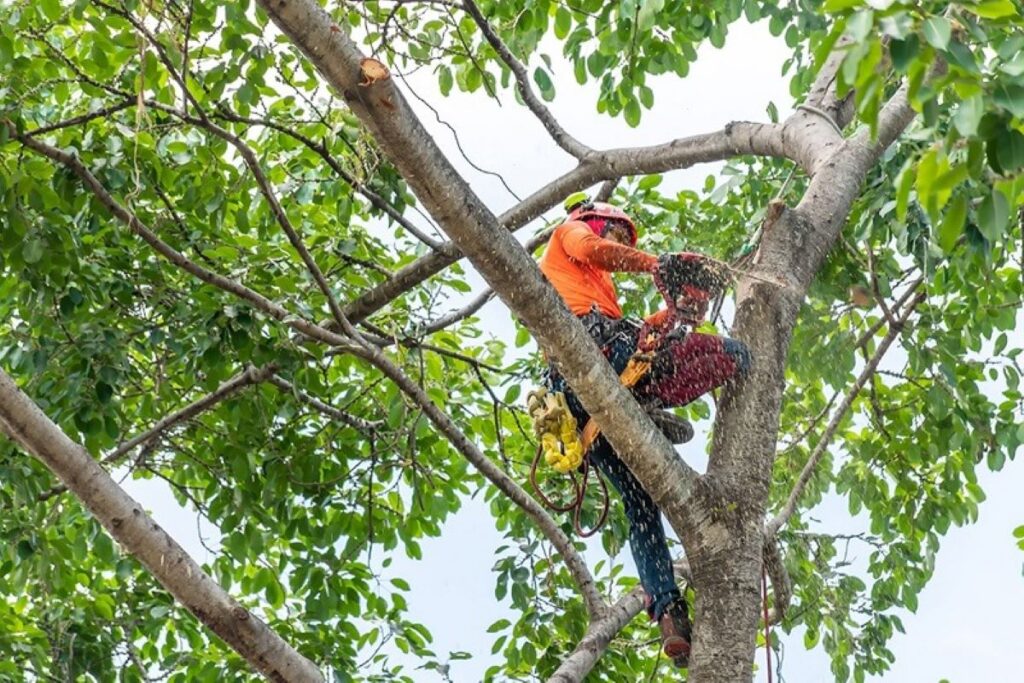
How Can Homeowners Benefit from Gradual Pruning Techniques Over Time?
Gradual pruning involves removing small amounts of growth across multiple sessions rather than conducting heavy cuts all at once. This measured approach allows trees to adapt slowly, maintaining their energy reserves whilst developing stronger branch structures. Unlike aggressive pruning that removes 30-40% of a tree’s canopy in one session, gradual techniques typically limit removal to 10-15% per year.
Key advantages of gradual pruning include:
- Reduced physiological stress – Trees experience less shock when adjustments occur incrementally, allowing them to allocate resources efficiently for wound closure and new growth
- Preservation of natural architecture – Shaping over several seasons respects the tree’s inherent growth patterns, resulting in more aesthetically pleasing forms
- Lower disease susceptibility – Fewer large wounds mean reduced entry points for pathogens during the best times for tree services Pymble (fall to early spring)
- Improved structural integrity – Branches develop thicker, more resilient connections when weight distribution changes gradually
During the pruning season Pymble, homeowners who adopt this patient methodology often notice healthier foliage density and more balanced canopies. The technique proves particularly valuable for mature specimens where sudden changes could trigger decline. Timing these gradual interventions during optimal tree care seasons Pymble ensures wounds heal rapidly whilst trees remain dormant, maximising the gradual pruning benefits across successive years.
See Also : Tree Removal in Hornsby How Much Does It Cost for Hazardous Trees
When Should Homeowners Consider Tree Removal or Cutting in Pymble?
Tree removal services operate throughout the year in Pymble, making them accessible whenever urgent situations arise. Unlike pruning, which benefits from seasonal timing, removal often depends on immediate safety concerns rather than optimal tree care seasons.
Priority situations for tree removal include:
- Storm-damaged trees posing structural risks to property or people
- Trees with extensive disease or pest infestation beyond treatment
- Dead or dying specimens that could fall unexpectedly
- Root systems compromising building foundations or underground utilities
The best times for tree services Pymble residents schedule for non-emergency removals typically align with drier months between late autumn and early spring. Ground conditions remain firmer during these periods, allowing machinery access without damaging surrounding landscapes. However, council regulations in Pymble may require permits before removing certain protected species. Therefore, planning removal during tree care seasons Pymble authorities process applications efficiently helps avoid delays.
It’s also important to note that some trees may be part of the local ecosystem and have conservation value. In such cases, homeowners should consider alternative solutions that align with native woodland conservation strategies. Professional arborists can assess whether immediate removal is necessary or if the work can wait for more favourable conditions.
How Do Local Climate Conditions and Council Regulations Impact Tree Service Timing in Pymble?
Pymble’s subtropical climate directly affects when tree services can be safely and effectively performed. Extended wet periods during winter and early spring can saturate soil, making it difficult for heavy machinery to access properties without causing significant ground damage. These conditions may delay scheduled work, particularly for large tree removals requiring crane access or stump grinding equipment.
Climate factors affecting tree care seasons Pymble include:
- Heavy rainfall creating unsafe working conditions for arborists
- Humid summers increasing disease transmission risks during pruning
- Mild winters allowing year-round work with fewer weather disruptions
- Storm seasons (typically late summer to autumn) necessitating emergency services
Pymble council regulations trees require homeowners to obtain permits before removing or significantly pruning certain protected species. Ku-ring-gai Council maintains strict tree preservation orders for trees over specific heights or trunk diameters, with heritage-listed trees requiring additional approvals. The application process can take several weeks, meaning homeowners must plan tree services well in advance.
When to prune trees Pymble depends partly on coordinating these regulatory requirements with optimal biological timing. For instance, the best time to prune bonsai may differ from other tree species. Professional arborists familiar with local climate effects on tree care can navigate both council paperwork and weather patterns, ensuring work proceeds during the best times for tree services Pymble offers whilst maintaining full compliance with local regulations.
What Is a Recommended Annual Tree Maintenance Schedule for Homeowners in Pymble?
A well-planned annual tree maintenance Pymble schedule ensures trees receive care at the most beneficial times throughout the year. Timing different tasks according to seasonal conditions maximises tree health while working with Pymble’s climate patterns.
Autumn (March-May)
- Pruning: Begin structural pruning for most deciduous species as temperatures cool and trees enter dormancy.
- Benefits: Reduced sap flow during this period minimises stress and disease risk.
Winter (June-August)
- Pruning: Focus on fruit tree pruning and major structural work.
- Benefits: Bare branches provide clear visibility of tree architecture, making it easier to identify problem areas. This dormant phase allows trees to heal efficiently before spring growth.
Spring (September-November)
- Maintenance tasks: Remove any storm-damaged branches and apply mulch as trees begin active growth.
- Caution: Avoid heavy pruning during this period as rising sap can lead to excessive bleeding in some species.
Summer (December-February)
- Intervention: Minimal intervention is required during this season.
- Assessments: Light corrective pruning of fast-growing species may be necessary, though major work should wait. This season suits tree health assessments and planning for autumn services.
The best times for tree services Pymble concentrate maintenance during cooler months, allowing trees to recover during their natural rest period whilst avoiding the stress of summer heat.
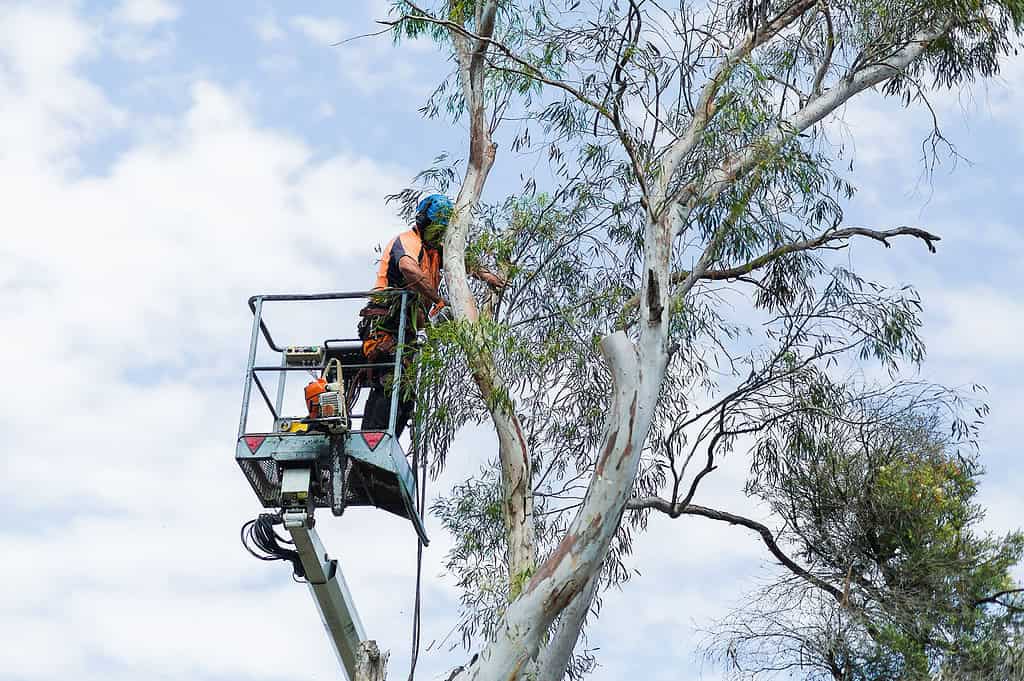
Why Should You Consult Professional Arborists for Tree Services in Pymble?
Professional arborists Pymble bring specialized knowledge that transforms tree care from guesswork into precision work. These certified experts assess each tree’s unique health requirements, identifying issues invisible to untrained eyes like early disease signs or structural weaknesses.
Local arborists understand Pymble’s specific climate patterns and soil conditions, tailoring their approach to what works best in this environment. They navigate council regulations seamlessly, ensuring your tree work complies with local preservation orders and development controls without delays.
Expert tree services extend beyond basic cutting—qualified professionals use advanced techniques that promote long-term tree vitality whilst maintaining safety standards. They possess the proper equipment and insurance coverage to handle complex jobs that pose significant risks to property and people.
Determining the best times of year for tree services in Pymble requires professional insight into species-specific needs and seasonal factors. Arborists create customized maintenance plans that align with your trees’ growth cycles and your property goals.
Contact a reputable local arborist today for a comprehensive tree assessment. Their tailored advice ensures your trees receive optimal care at the right time, protecting your investment and enhancing your property’s natural beauty.
FAQs About the Best Times for Tree Services in Pymble
The best time for tree services in Pymble is from fall through early spring (March to September) when trees are dormant and less prone to stress.
2. Why is fall to early spring ideal for pruning?
During this dormant period, trees heal faster, experience less sap loss, and face a lower risk of disease or pest infection.
3. Can tree removal be done year-round in Pymble?
Yes, but non-emergency removals are best scheduled during drier months to prevent ground damage and ensure safe equipment access.
4. How does climate affect tree service timing in Pymble?
Pymble’s humid summers can increase disease risk, while wet winters may delay work requiring heavy machinery due to soft soil.
5. Do I need council approval for tree work in Pymble?
Yes, Ku-ring-gai Council requires permits for pruning or removing certain protected or heritage-listed trees.
6. What’s the advantage of gradual pruning over heavy pruning?
Gradual pruning reduces stress, improves structural strength, and preserves the tree’s natural shape by removing only small growth portions each season.
7. What’s an ideal annual tree maintenance schedule for homeowners?
Plan pruning in autumn and winter, light maintenance in spring, and regular inspections throughout the year to ensure safety and health.
8. Why is winter pruning recommended for fruit trees?
Winter pruning improves visibility, reduces pest activity, and allows trees to heal wounds before the next growing season.
9. Should homeowners attempt DIY pruning or hire professionals?
Hiring qualified arborists is recommended—they understand tree biology, follow council rules, and ensure work is done safely and correctly.

